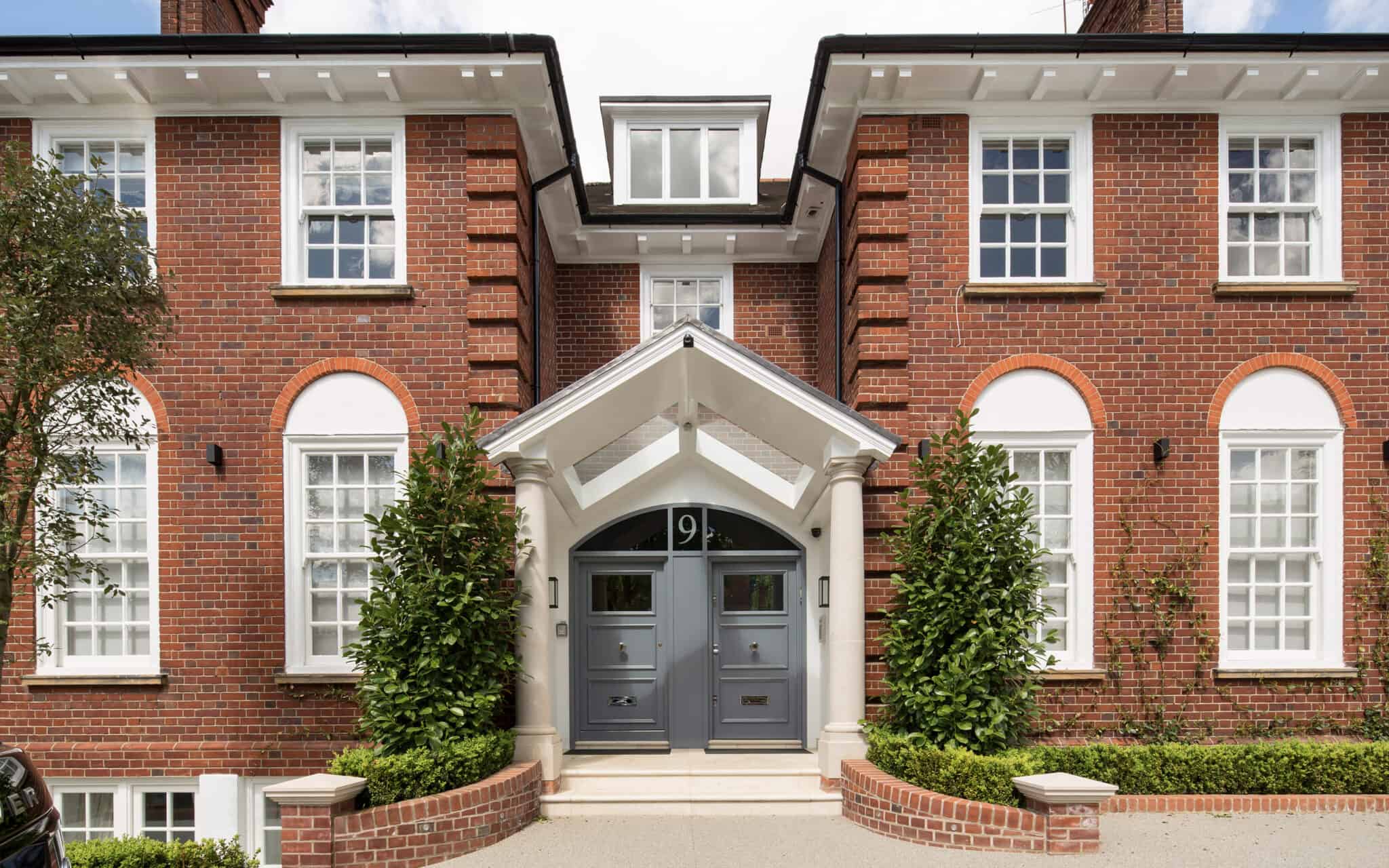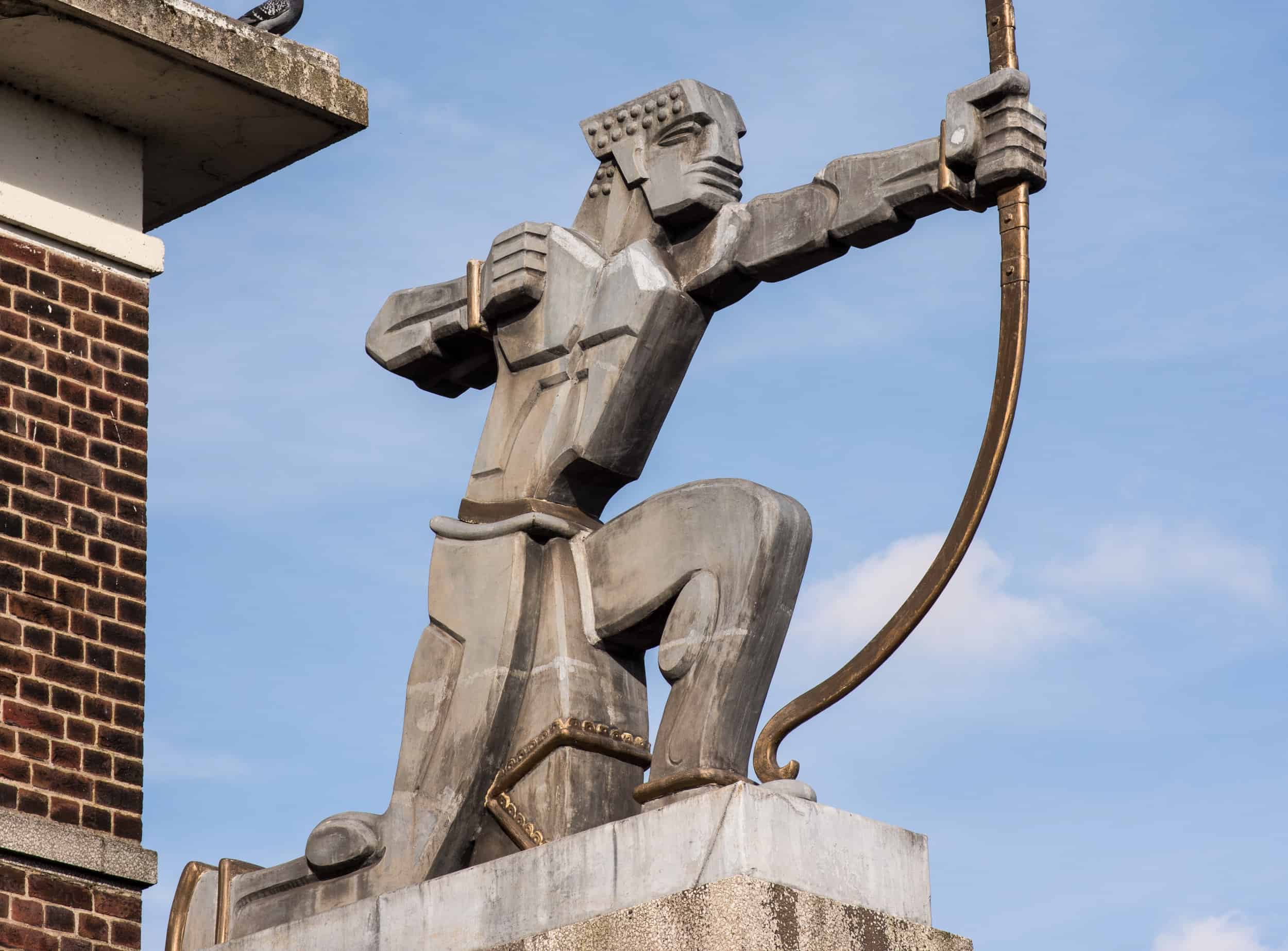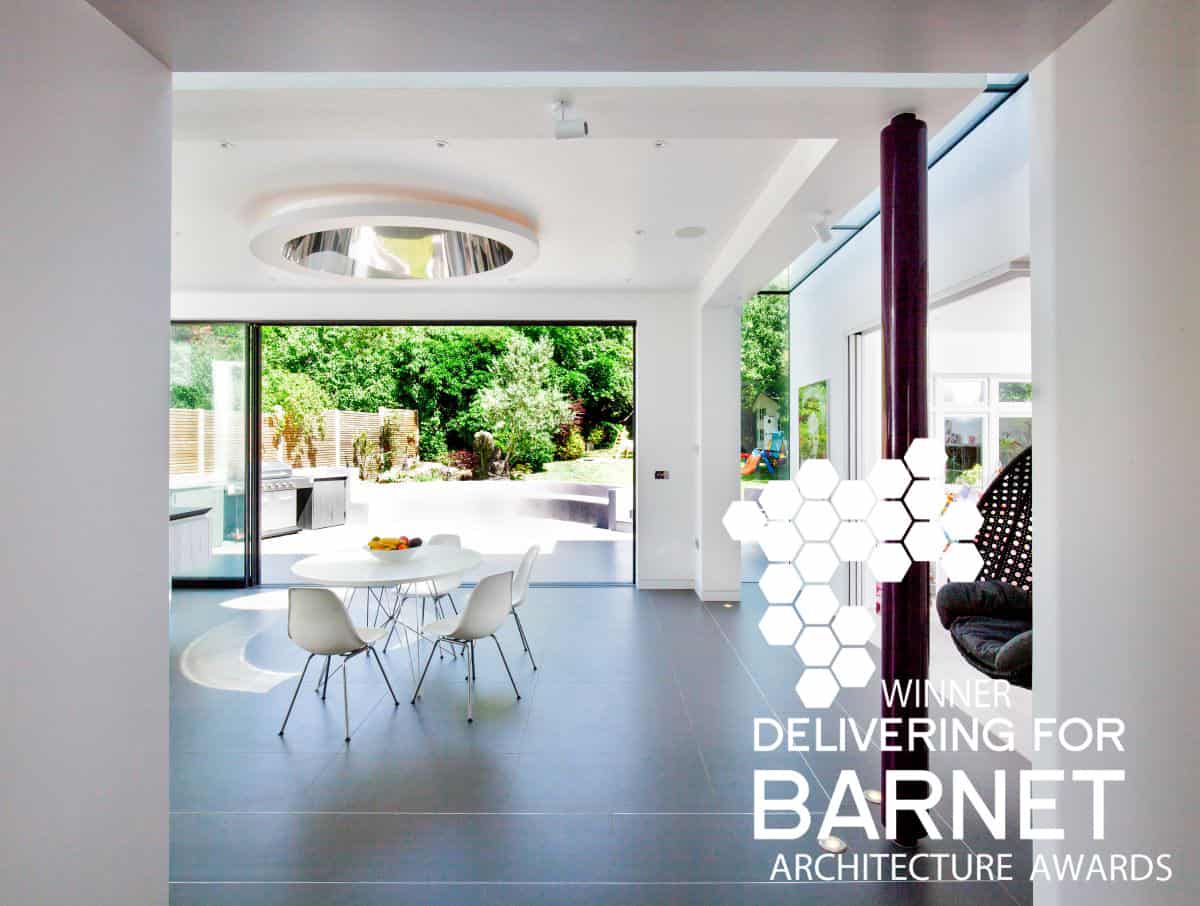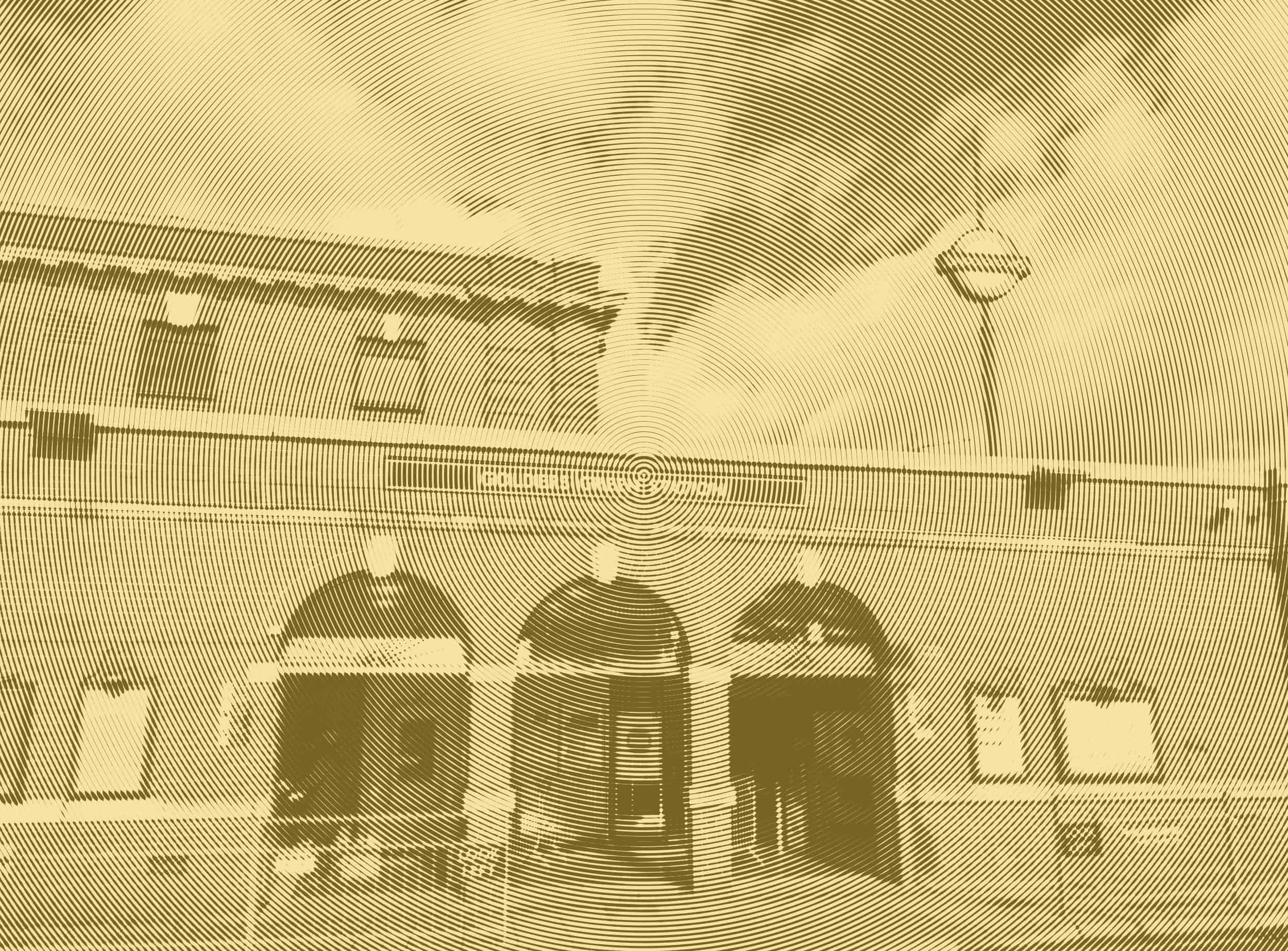Barnet Architects
About XUL Architecture
Located in North London, XUL Architecture is a commercially minded, client centred architecture practice. We are efficient and responsive, and put particular focus on the client’s experience as well as in finding ingenious ways of bringing light into architecture.
We believe that creativity can overcome any practical challenges. We believe in the strength of natural light to positively improve physical space and the wellbeing, productivity and creativity of those who inhabit it. We believe that each of our clients is unique. Through listening and conversing we celebrate that individuality.
We listen to your needs and do what it takes to meet your expectations. Combining our energy, knowledge and talents to deliver fantastic client care and strive to develop relationships that make a positive difference to your lives.
We recognise how important it is being part of the local community. We reside in shop front premises which makes us accessible and approachable – our door is always open. Our aim is to build trust and aspire to be the “go to” local architect. We also try to bring the community together by organising local events.
Awards
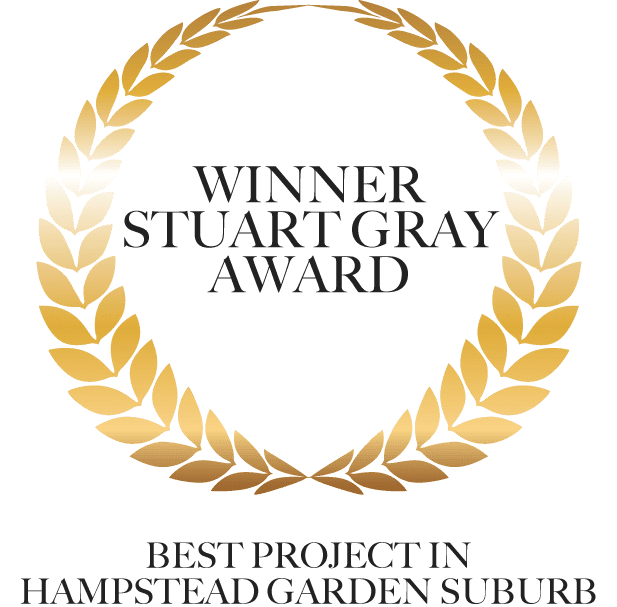
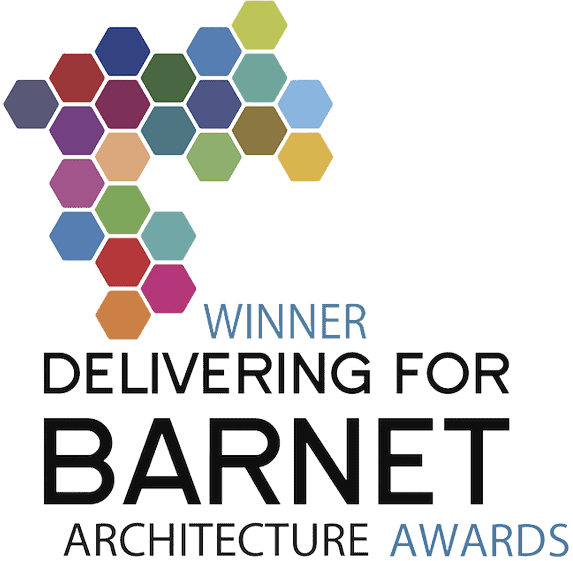
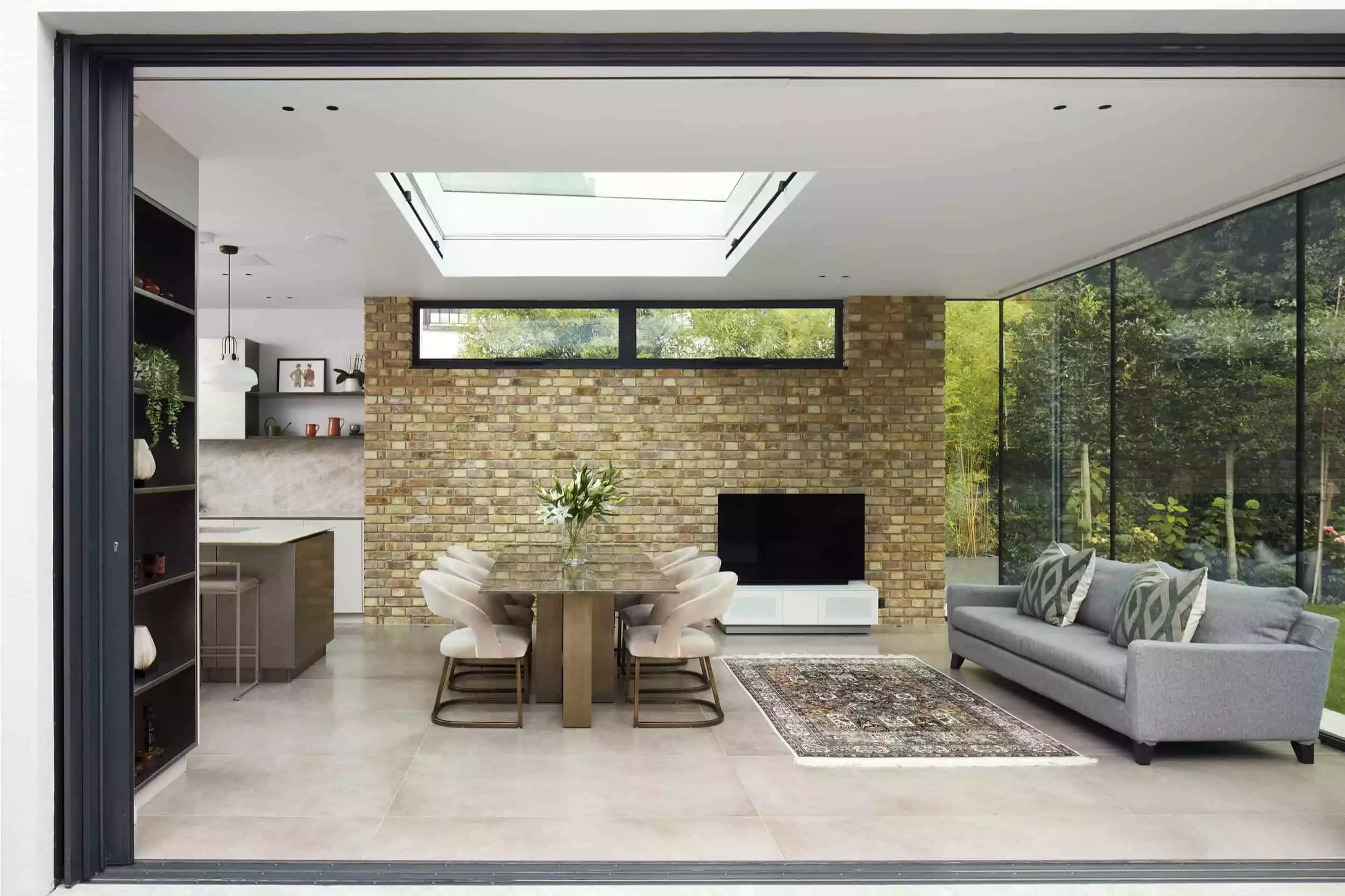
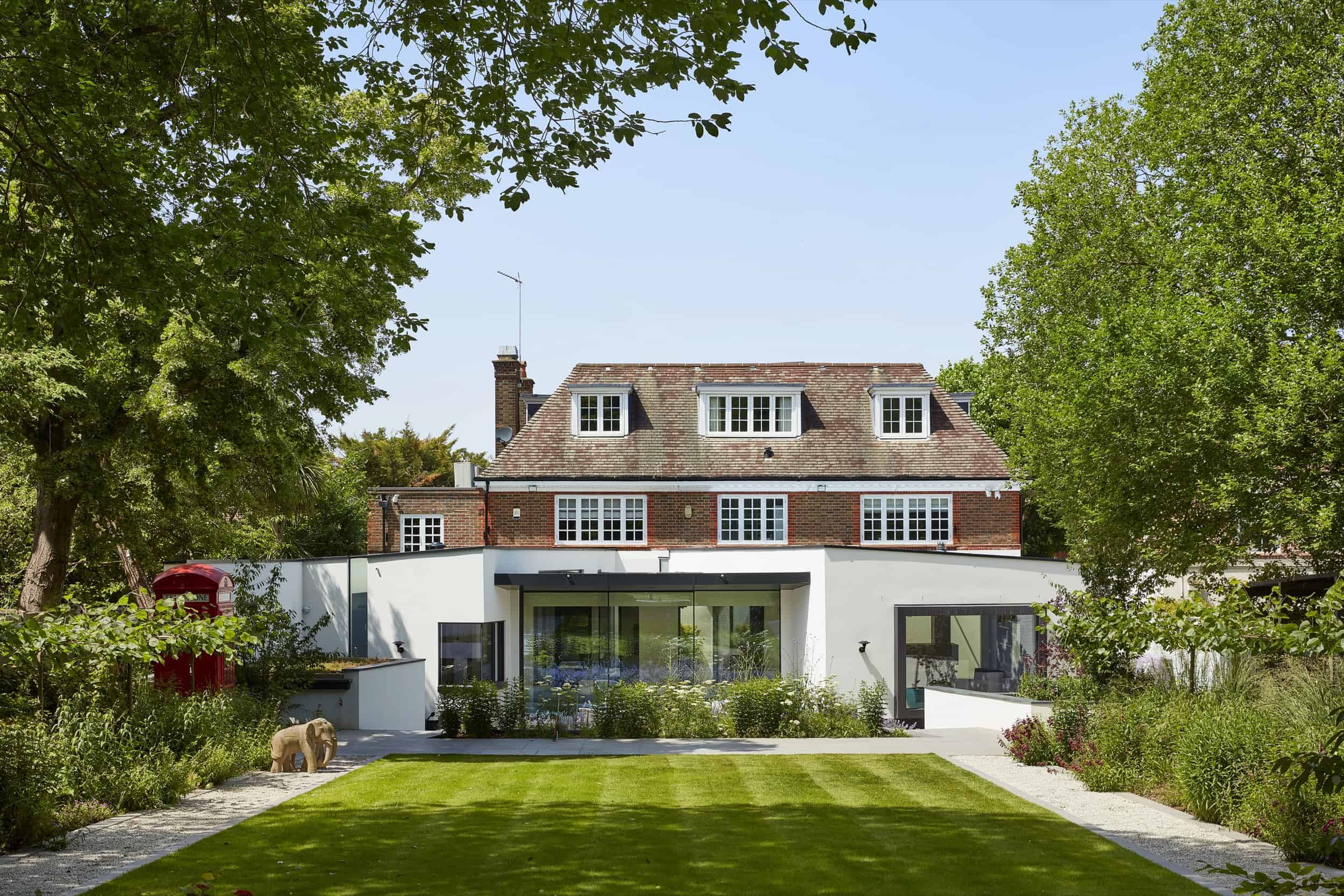


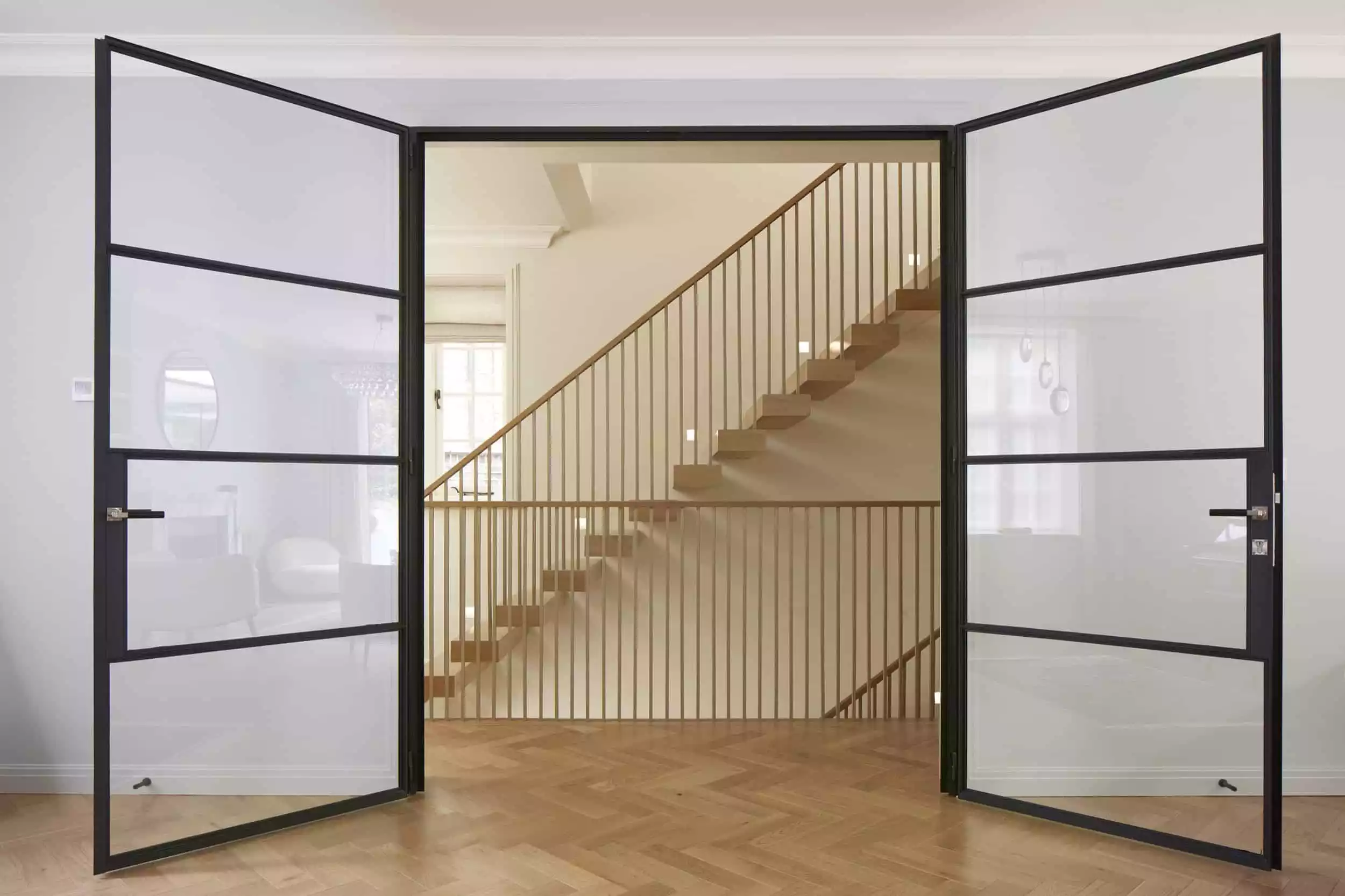
Featured Projects
We have multiple projects in progress and completed nearby Barnet
300+ projects completed in Barnet, Brent, Camden and Haringey
We have worked on a number of boroughs in London. Most of our work is in Camden, Barnet, Haringey and Westminster, which are some of the most challenging boroughs in terms of Planning.
In any case we always do detailed research on any local constraints and regulations. On complicated projects and/or listed buildings we often work closely with a planning consultant. We are used to working on listed buildings and conservation areas.
Barnet Architects
How we work
It can be a challenge to keep up with all the stages involved in designing and building or renovating a home. Our step-by-step method makes it easier.
We’ve created a platform (a bit like Dropbox) so you have every bit of information about your project at the click of a button. That means we’re all on the same page, and you’ll be able to put your hands on the plans and timeline exactly when you need them.
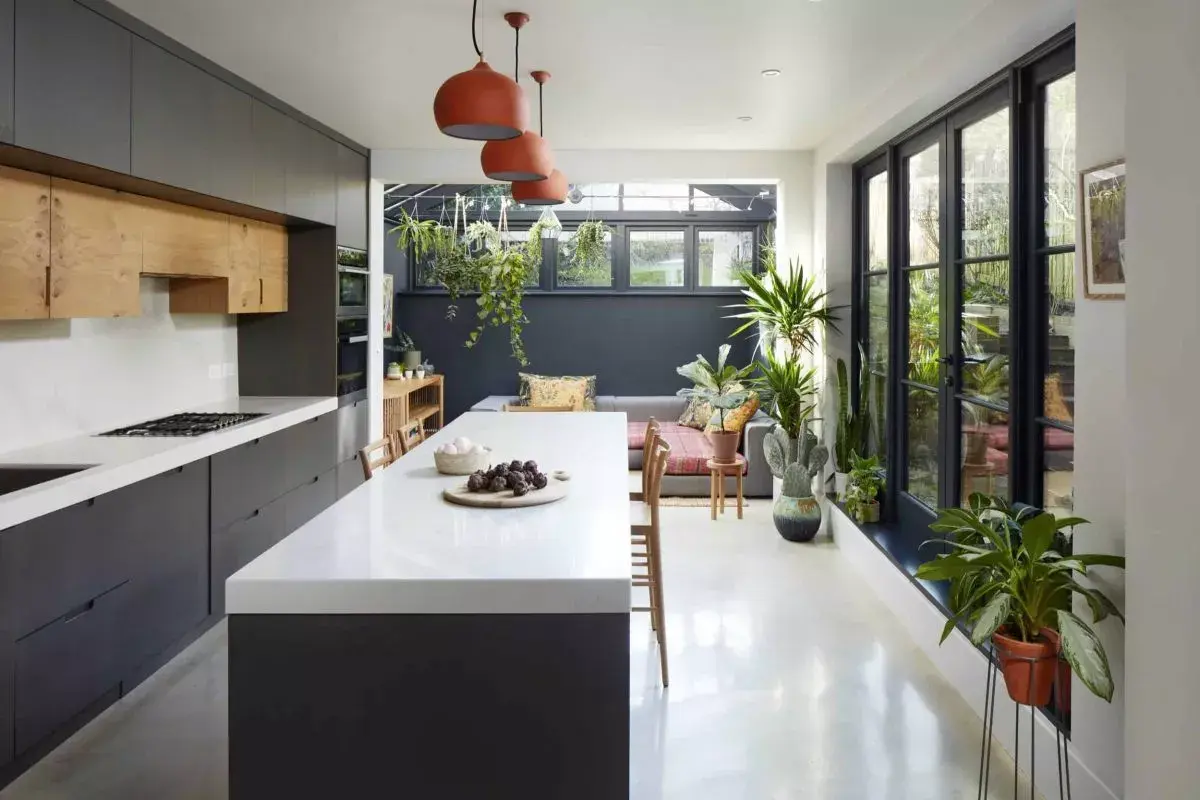
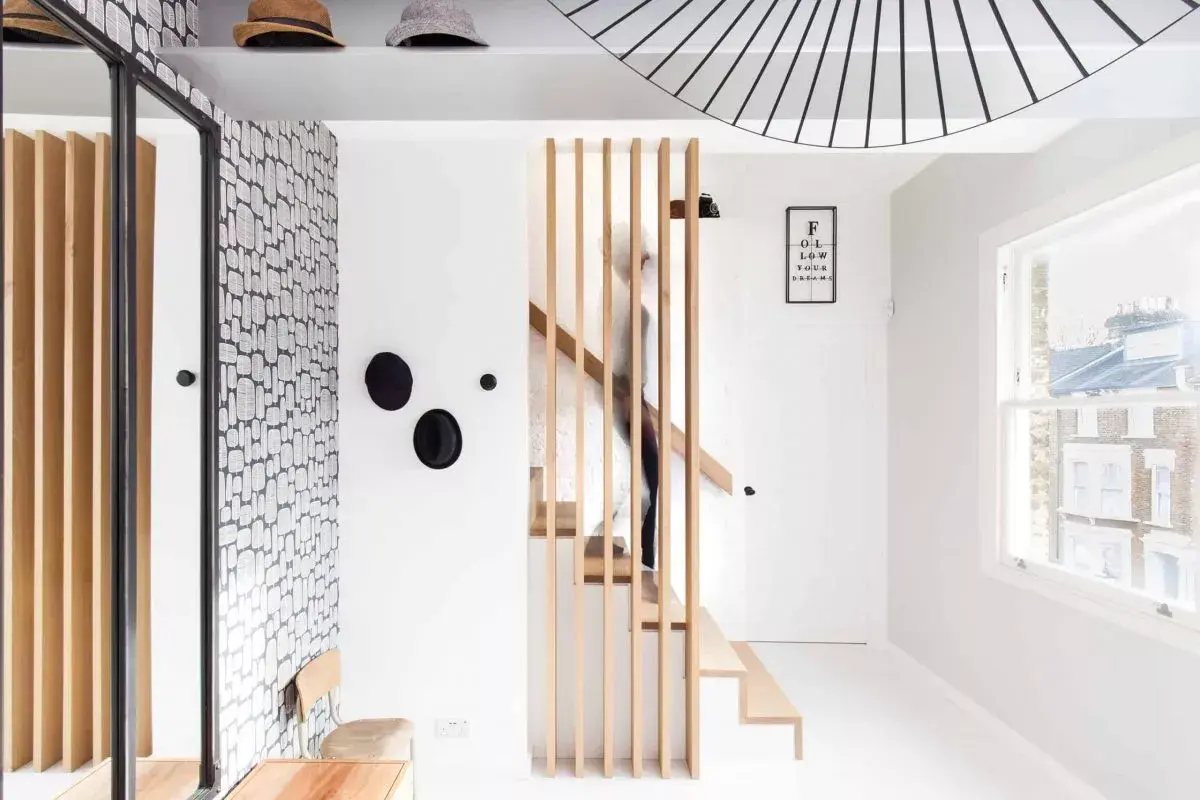
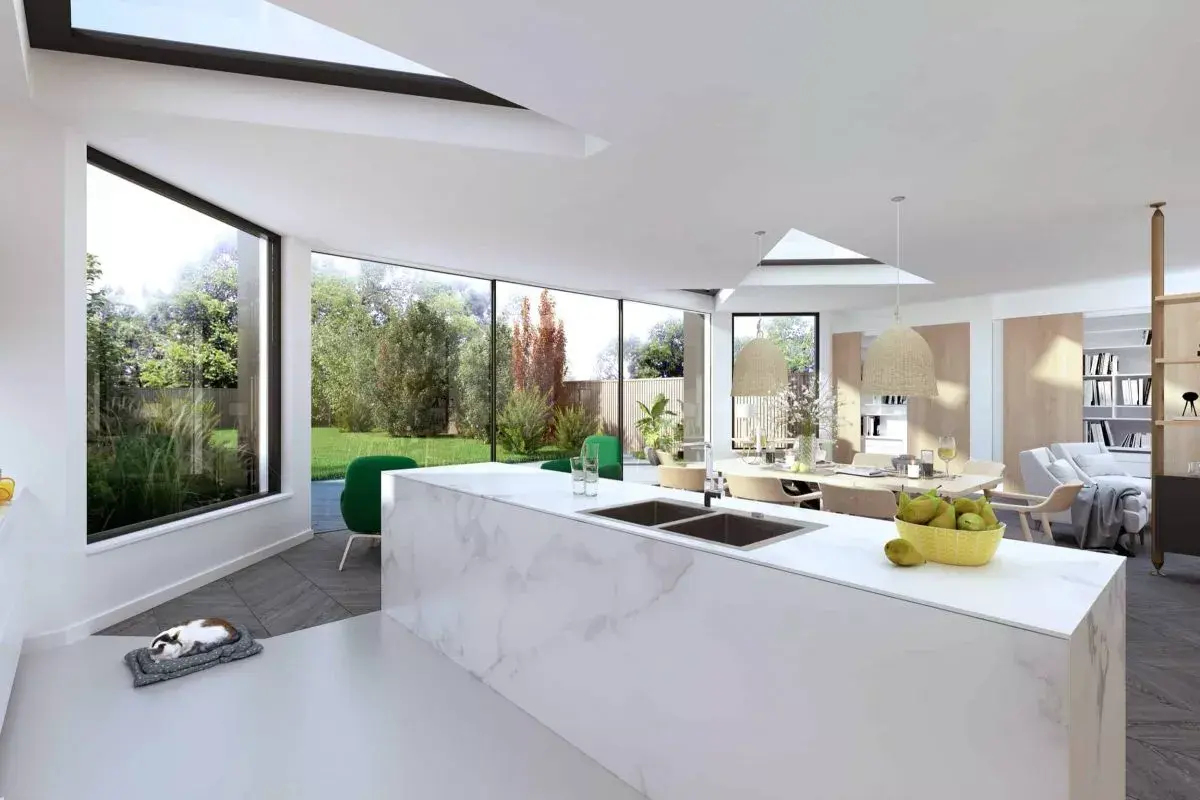

By explaining every stage carefully, we ensure that even if you’ve never worked with an architect before, you’ll feel confident, happy, and inspired – without fear of losing control of time or budget.
And we’re ingenious and innovative, not only in our design, but also in overcoming any hurdles in the logistics of your project. We’ll bring all our ideas out into the light and we’ll always take a ‘can do’ approach – but at the same time we’ll be clear and honest with you if something needs to be rethought.
Because while a beautiful home is the aim, it’s just as much about enjoying the journey to get there.
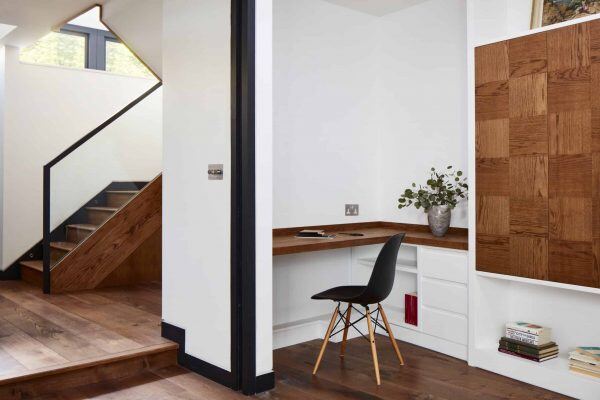
Barnet Architects
Architecture driven by collaboration and lateral thinking
We believe in constant improvement and encourage change. Our lateral thinking allows us to creatively overcome challenges. Our motto is ‘there is always another way’! We always like to explore alternative design solutions as well as finding the right strategy to suit your needs.
We pride ourselves on having a unique outlook that combines our passion for enhancing our clients’ lives, with the ingenious use of abundant natural light; all whilst keeping the practicalities of the project and the realities of the budget in mind.
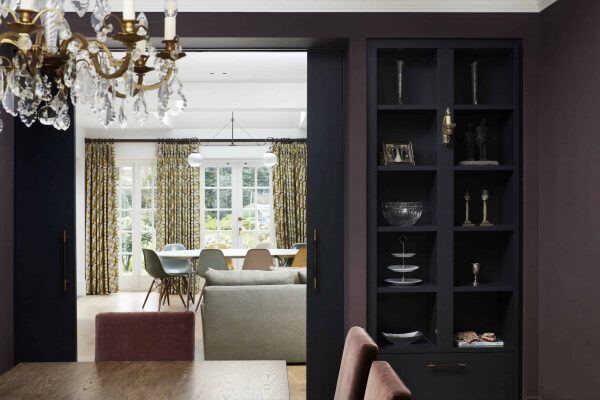
Barnet Architects
300+ Projects Completed
Our team is comprised of people from all parts of the world, giving us a rich breadth of experience, cultural background, depth of talent and diversity of thoughts. This is accompanied by the added value of having a can do attitude when in front of any challenge. And of course, you can be involved in this creative process as much as you want to be. Design is a dynamic and interactive process!
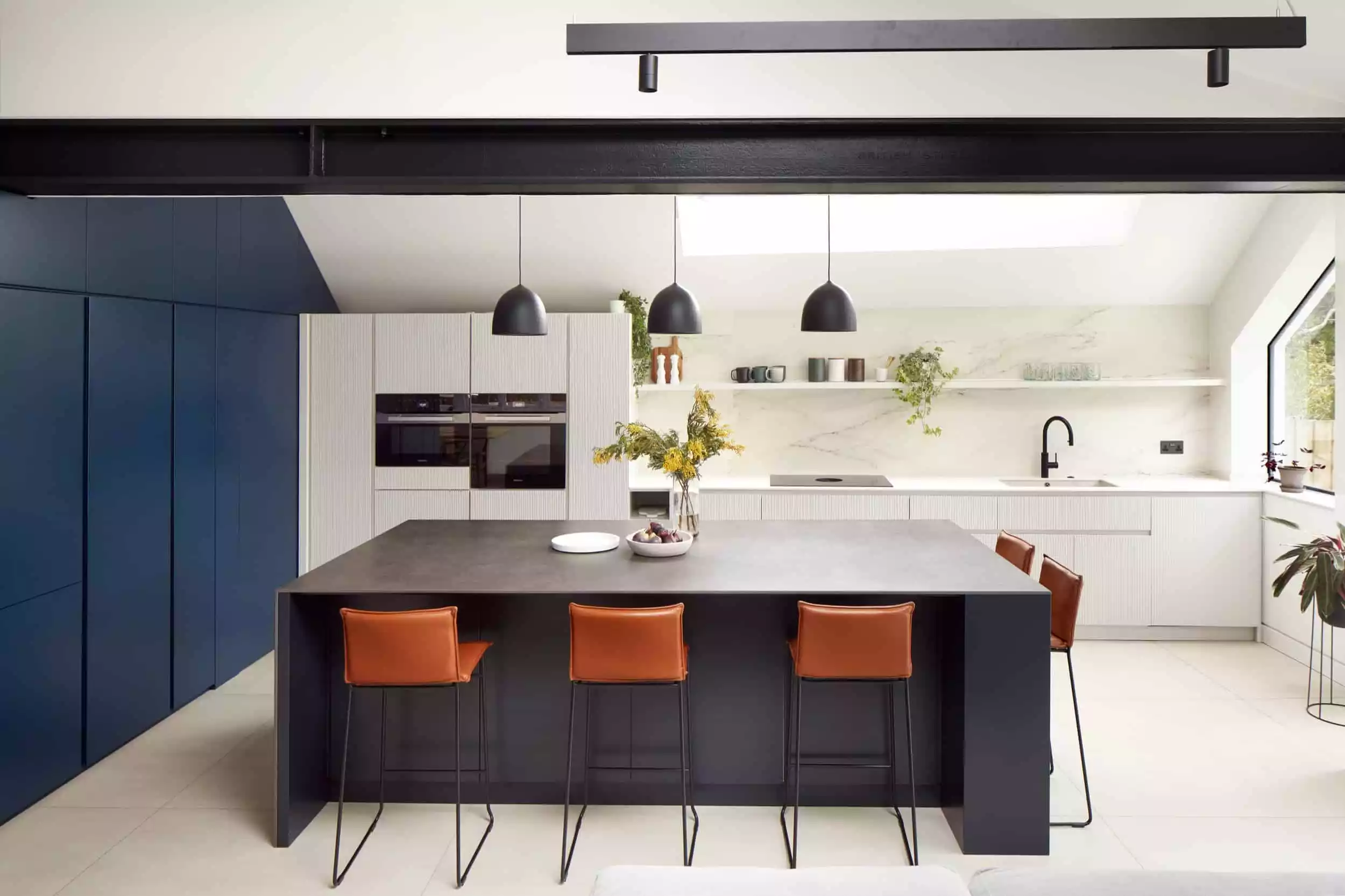
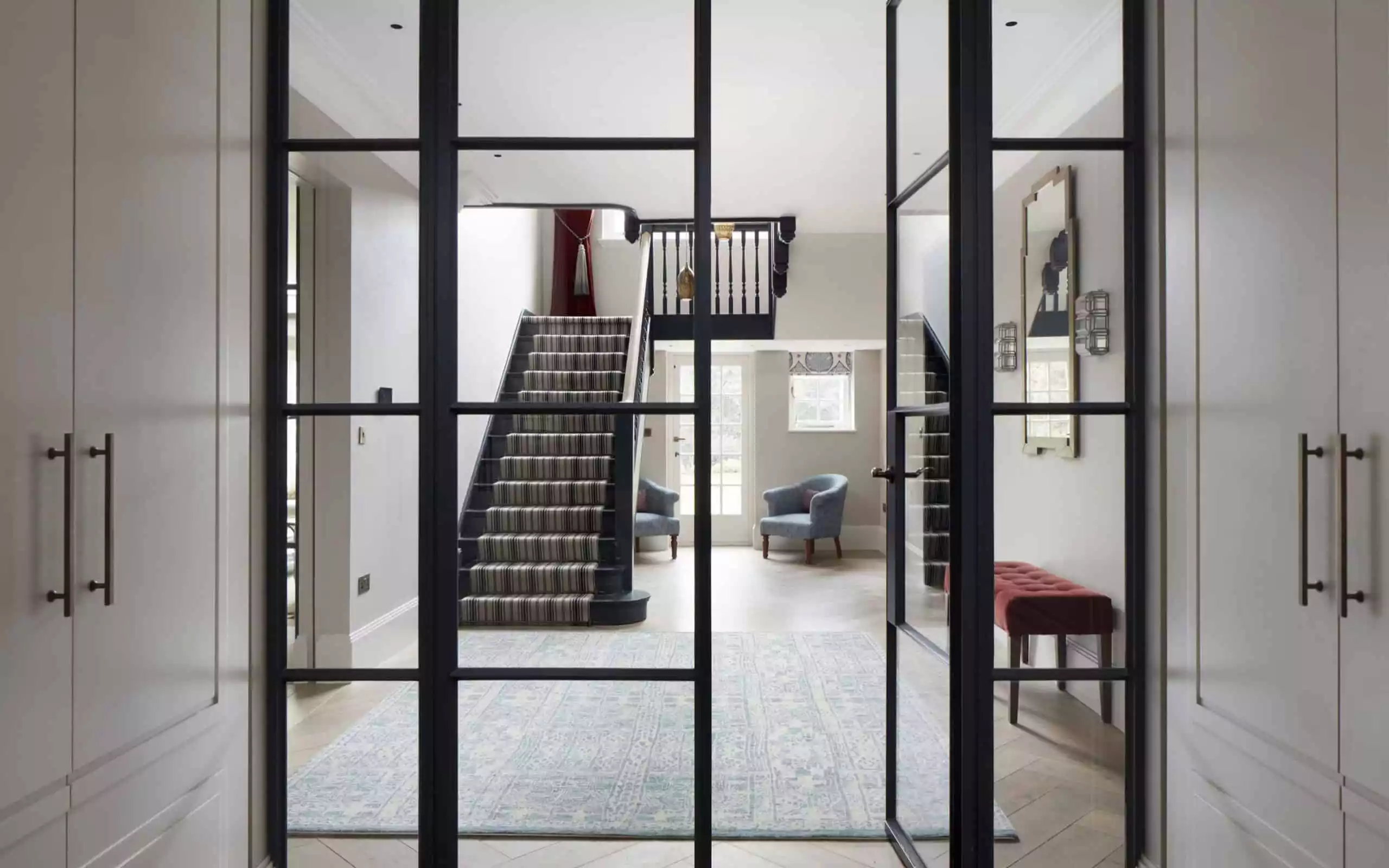
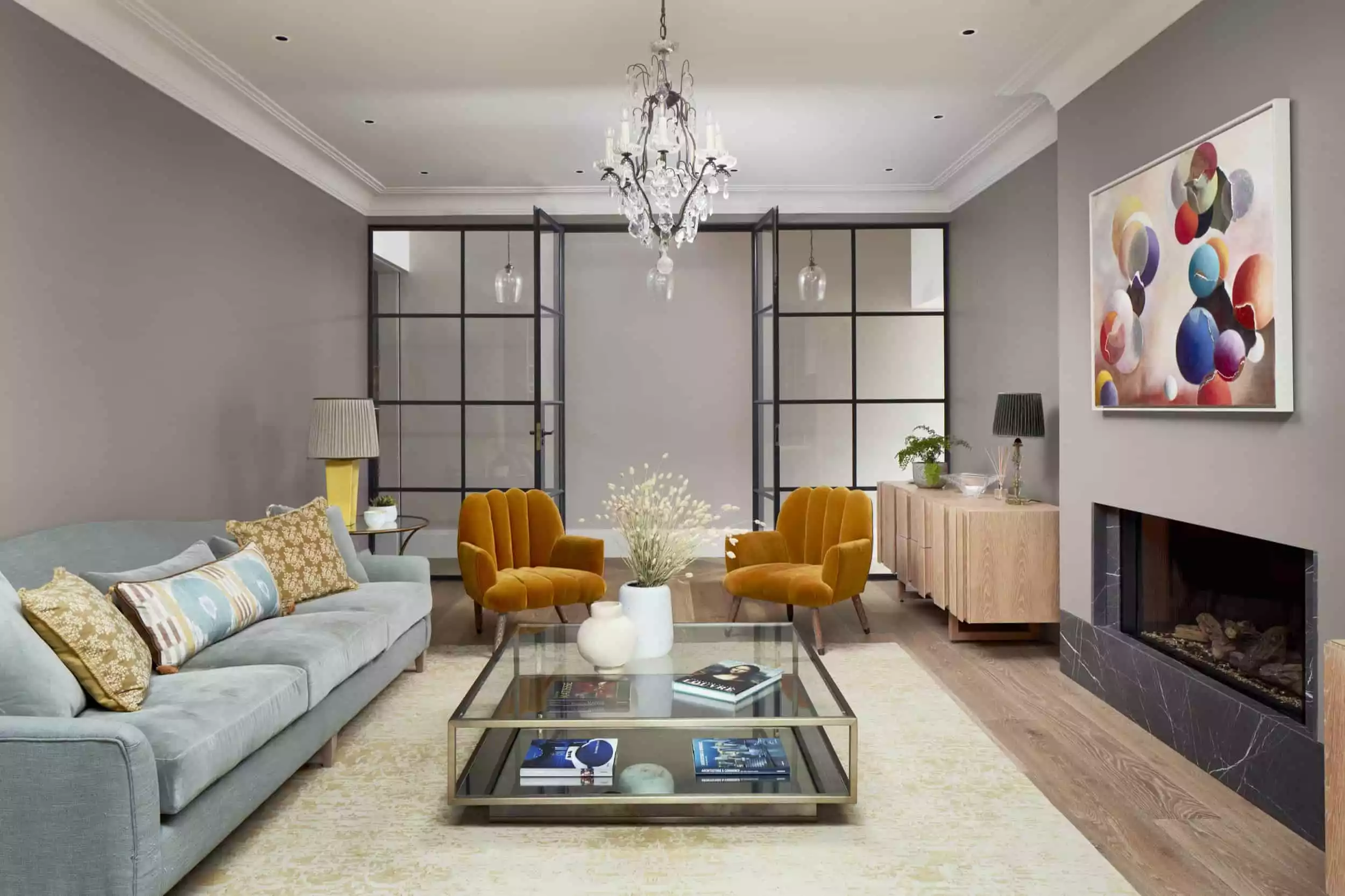
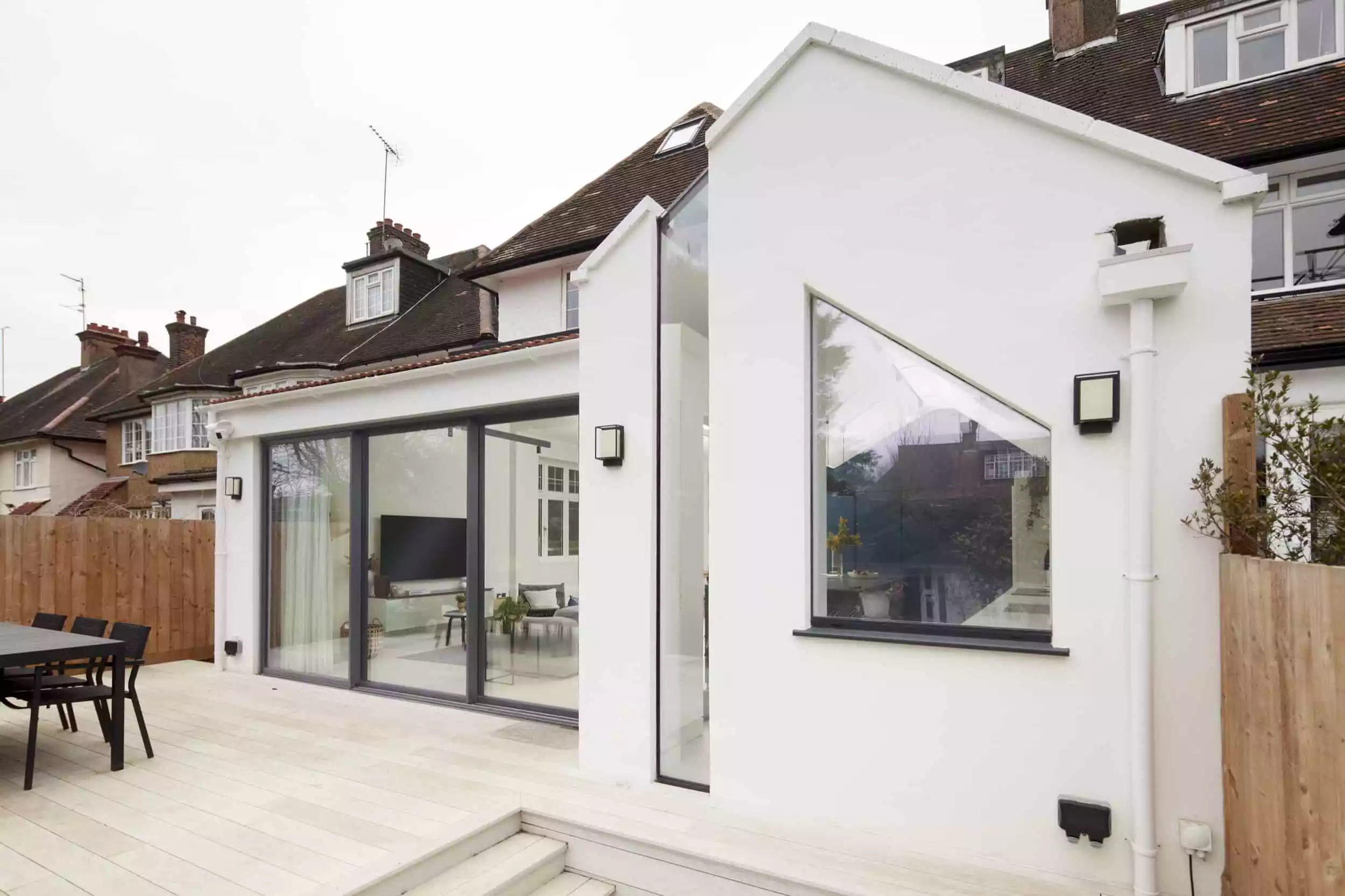
.jfif)
Barnet Architects
Barnet Architects
A Pocket History of Barnet
An outer borough of London on the northwestern side of the city, Barnet is mostly placed in the county of Middlesex, with several districts crossing over to Hertfordshire. It has always historically been a route out of the north of London, and here we’re going to look into some of what is known about this part of England that has survived since at least the years following the Norman conquest and perhaps even back to the days when the Saxons ruled England.
Saxon Rule, The Norman Conquest And The 14th Century
Before the Norman Conquest, the area that Barnet stands in was a widespread woodland called Southaw, which was owned by the Abbey at St. Albans. It is thought that the town may have been built primarily as a route between London and St. Albans. At the very least, the name Barnet has been recorded since 1070, derived from the old English for “Burning.” Whenever it was established, Barnet has always been known as a place for inns for markets, with Chipping Barnet historically being the epicentre of trade and travel throughout the borough.
Although it certainly existed long before the Norman Conquest, Barnet makes no appearances in the Domesday Survey. East Barnet, as the oldest part of the Borough, was the centre of the parish but its importance waned by the 11th Century, when a route leading from London passed towards St. Alban’s and the town began to develop in earnest around the trade route.
Since then, Barnet has made a few appearances in history. For instance, the inhabitants were known to have marched during the Peasants’ Revolt of 1381. Bearing bows and cudgels, they forced the Abbot of St. Albans, who still was treated as the lord and owner of the land, into allowing them to fish, hunt, and mill their own corn. This change didn’t last long after the revolt. In 1471, the Battle of Barnet saw the town’s surroundings become the stage of a battle during the Lancastrians and Yorkists during the English Civil War.
The Abbey of St. Alban’s would lose control of Barnet eventually, as the monasteries were dissolved in the 1530’s. At the same time, the town became much less rural in character and started to become more integrated with the city of London, growing continuously as it did.
The oldest town in Barnet
Thought to have perhaps been a Roman settlement originally (but with admittedly no evidence to support the claim), High Barnet is the oldest town in the borough. This is where “Chipping Barnet,” as it is commonly known, is found, a named that has been passed down the ages as “Chipping” was a word used to describe market towns since the 12th century.
Further changes saw the character of the town evolve, such as High Road being turned into a turnpike in 1712. Paired with the fact that the town had always been on top of the hill, Barnet became even more popular as a travel route, so much so that it recorded in 1756 as having 25 inns for coaches to change tired horses for fresh ones.
The road saw further improvements throughout the early 19th Century, leading to the reduction of the hill’s inclined, as well as a causeway being raised from Underhill, while St Albans road was created as a shortcut to the town.
However, in the Elizabethan era, it was named High Barnet. With the growth of railways in the mid-19th century, the population of Barnet continued to grow and Victorian brick villas started to become a much more common sight in the town.
As it stands, High Barnet is used for the name of the local community ward, as it is thought to be a more inclusive name than Chipping Barnet. Chipping Barnet, which was once the name of the parish and is commonly associated with the lower part of the town is primarily used as the name of the constituency.
Modern Barnet
Now, Barnet is almost entirely residential with some commercial and industrial outliers, such as the western boundary, where Edgware road is found. The borough now houses the Royal Air Force Museum where the former military airfield used to be. Meanwhile, the Brent Cross Shopping Centre, the first large enclosed shopping area in the UK, opened in 1976.
Yet, a few medieval structures stand, including the Monken Hadley parish church’s tower, built in 1494, the Tudor Hall of Barnet college, built in 1577, and a 17th century farmhouse which operated as a Church Farm House Museum until its closure in 2011
Barnet Architects
Thinking of moving to Barnet?
Barnet is considered by many to be a wonderful place to live in London, with its unique mix of architecture, natural beauty, and modern amenities.
As poet Elizabeth Jennings wrote:
“In Barnet Chace, the forest land
Still keeps its beauty and its peace,
And there the lanes and fields expand
In gentle undulations, fleece
With autumn mists, with summer sun
Alive with change, yet still as one.”
The Architecture of Barnet
One of the most memorable features of Barnet is the mix of traditional and modern architecture. The area is home to grand mansion blocks and quaint North London cottages with many of these buildings dating back to the 18th and 19th centuries. Their elegant styles and intricate details are a testament to the craftsmanship of the people who built the suburbs and towns.
One example of East Barnet’s impressive architecture is the Church of St. Mary the Virgin which dates back as far as the 13th century. A Grade II* Listed Building, it features a stunning Neo-Norman tower intricately crafted stained-glass windows and a long history that is deeply intertwined within the community. The church stands as a landmark of East Barnet and a testament to the area’s rich history and cultural heritage.
Hadley Green, a conservation area located in the heart of the town, is another example of Barnet’s impressive architecture and home to historical buildings, including grand mansions, charming cottages, and elegant townhouses. As the name might suggest, the area is characterised by its beautiful open green spaces, woodlands, ponds and picturesque streets, which offer a peaceful retreat from the hustle and bustle of the city just a few miles away.
The Landmarks of Barnet
Barnet is also home to a number of notable landmarks, each with its own unique history and cultural significance. For example, the Royal Air Force Museum, which is located on the former site of Hendon Aerodrome features an impressive collection of historic aircraft, including military planes, helicopters, and other aircraft from throughout the history of aviation. The museum is a popular attraction for both locals and tourists, and a testament to the area’s rich history and culture.
Local Amenities
Barnet is also home to a wide range of amenities that make it a great place to live. The area features a variety of shops, restaurants, and other businesses that cater to the needs of its residents. Whether you are looking for a quiet place to relax or a lively and vibrant community with plenty of activities to enjoy, Barnet has it all.
One of the most popular amenities in Barnet is its beautiful parks and green spaces. The area is home to a number of stunning parks, including Victoria Park, Monken Hadley Common, and King George’s Fields. These parks offer a variety of outdoor activities, including walking, hiking, cycling, and picnicking, and are a great place to spend time with family and friends.
Barnet is a great place to live in London, and one of the main reasons XUL Architecture is based here, offering a unique blend of historical architecture, natural beauty, and modern amenities. Its impressive architecture, notable landmarks, and various amenities make it a popular destination. Whether you are looking for a retreat from the hustle and bustle of the city or a lively community, Barnet has something for all ages. If you are considering relocating to London, be sure to check out Barnet and experience all that this wonderful area has to offer.
.jfif)












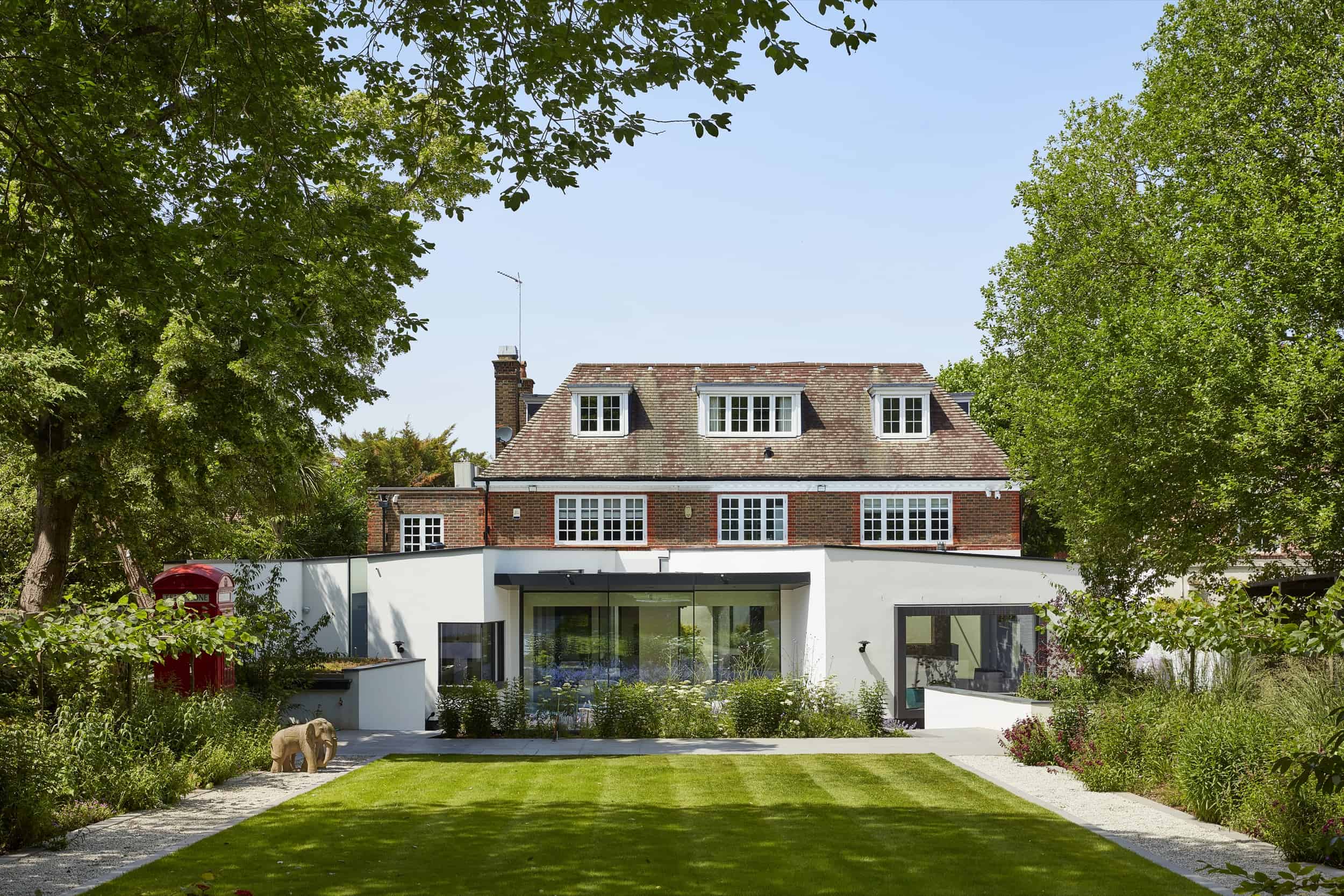
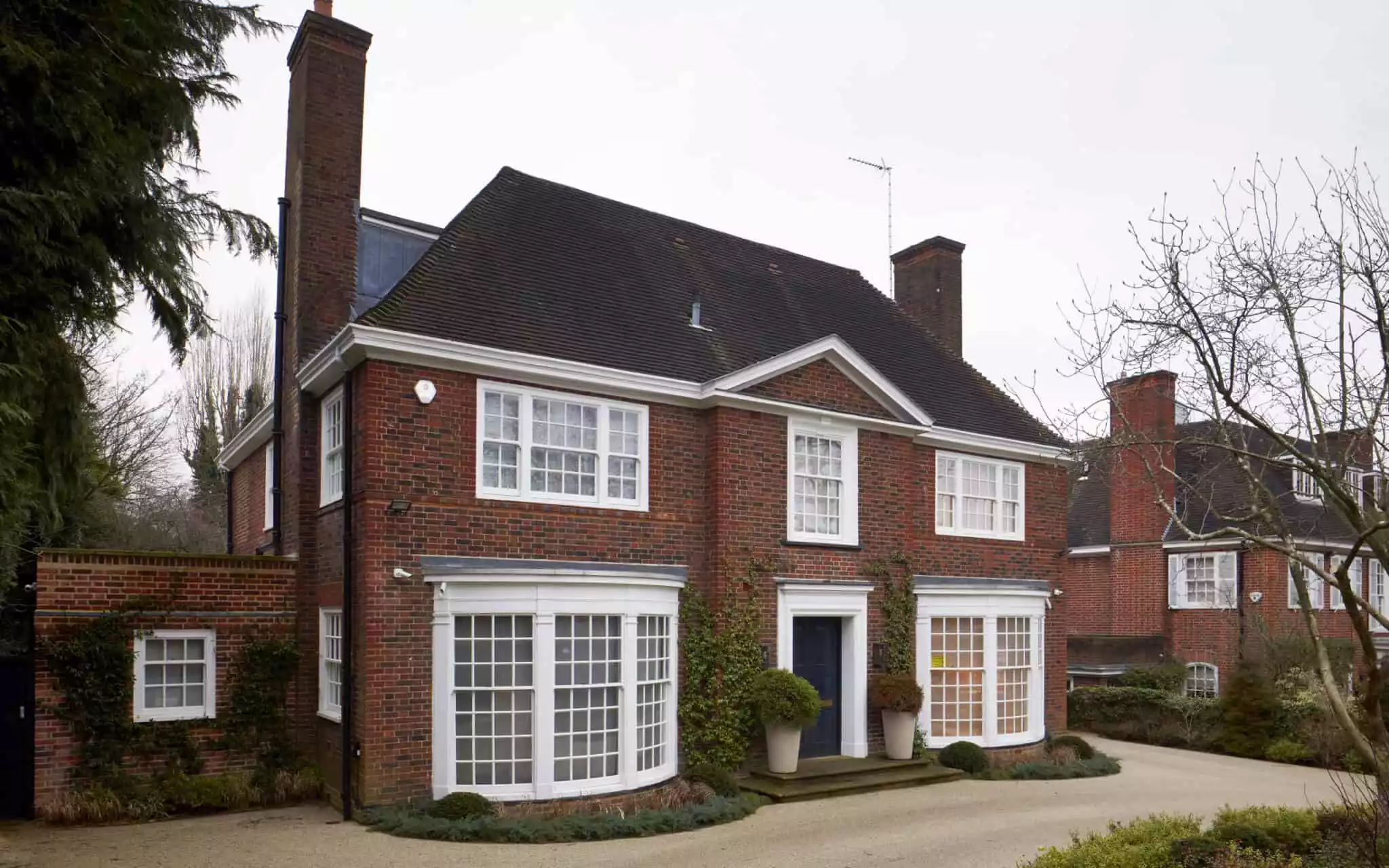

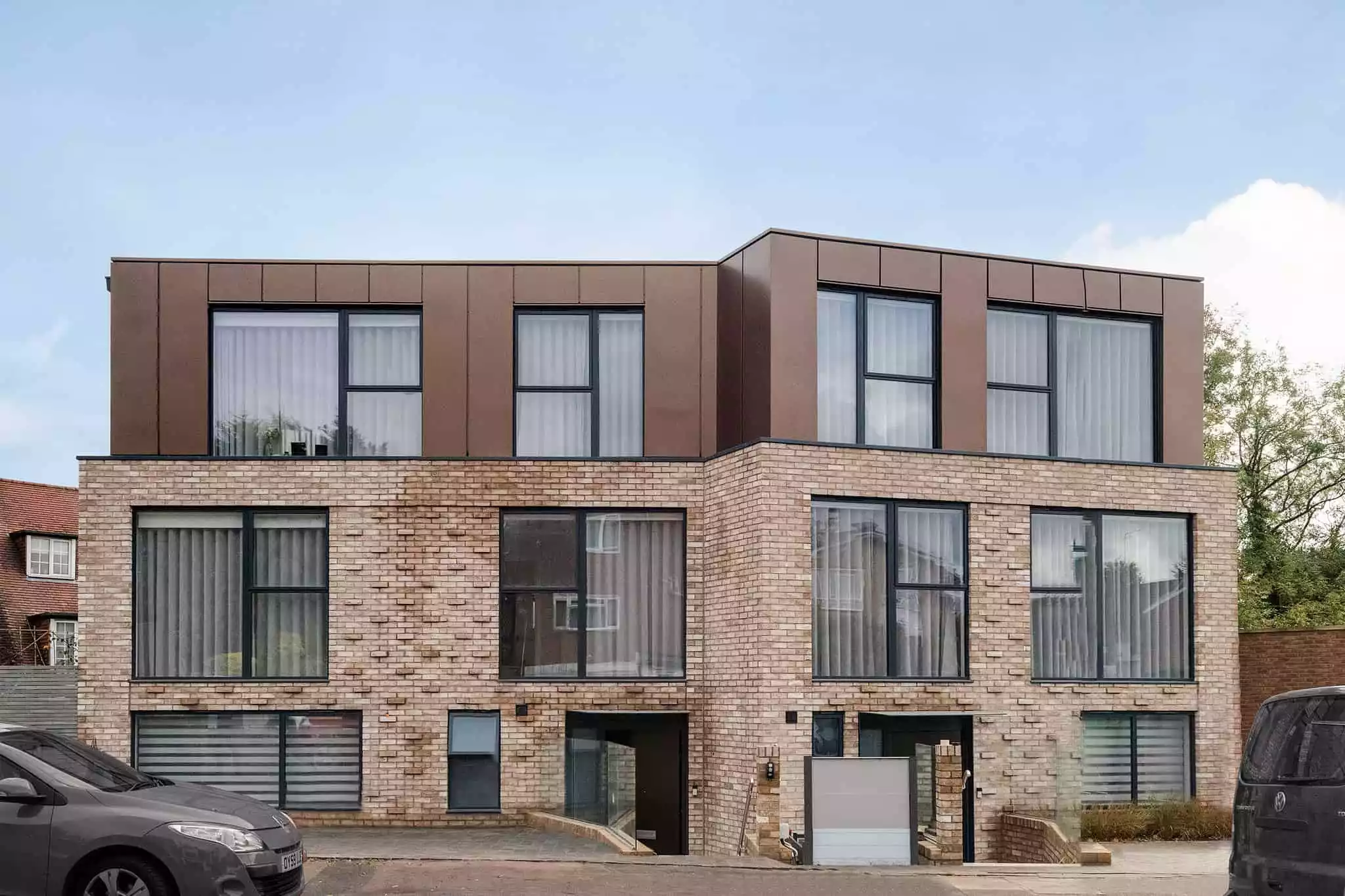
.jpg)
